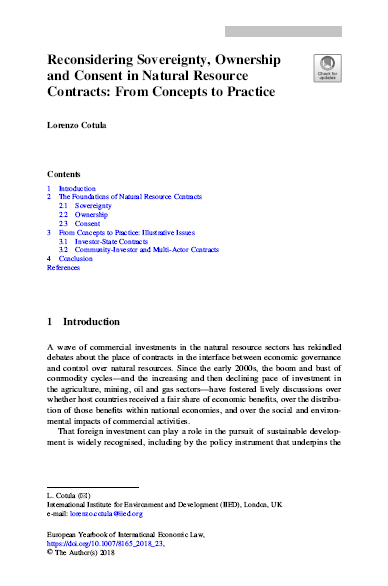Thirsty, hungry and no power? : African resources in a global world
Water, food and energy are fundamental to African development. However, several crucial issues need to be addressed. Are African resources used to meet African needs or are they being exploited to satisfy the needs of other actors facing food and energy insecurity?


